



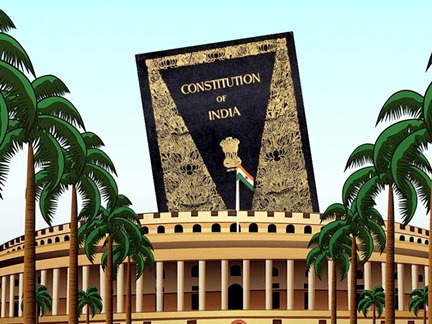
Every year on 26th November, Constitution day is celebrated in the country. Constitution Day (or Samvidhan Divas), also known as National Law Day, is celebrated to commemorate the adoption of the Constitution of India. On 26 November 1949, the Constituent Assembly of India adopted the Constitution of India, and it came into effect on 26 January 1950.
The Government of India declared 26 November as Constitution Day on 19 November 2015 by a gazette notification.
The year of 2015 was the 125th birth anniversary of Dr. B.R Ambedkar, who had chaired the drafting committee of the Constituent Assembly. He had played a pivotal role in the drafting of the constitution. Previously this day was celebrated as Law Day.
This is a day to express gratitude to the makers of our Constitution and to reiterate our commitment to building the India of their dreams.”
The term constitution comes through French from the Latin word constitutio, used for regulations and orders, such as the imperial enactments.
A constitution is primarily a set of rules and principles specifying how a country should be governed, how power is distributed and controlled, and what rights citizens possess. It can also be said as the fundamental law of the country.
Almost every aspect of our lives is governed by a set of rules. Think of your games; almost each one has its own specific regulations; your schools have certain rules that you have to follow. Adults are not exempt from rules; workplaces have them. Some are imposed by custom and tradition. Similarly society also needs certain rules so that people can live together in a safe manner. These are called Laws and are made by legislatures like our Parliament. The Constitution is the supreme law of the country and it contains laws concerning the government and its relationships with the people.
This quote by Patrick Henry, an American lawyer and politician, sums up the power of a Constitution best: “The Constitution is not an instrument for the government to restrain the people; it is an instrument for the people to restrain the government.”
Though it came into force only in 1950, the demand for a Constituent Assembly was made back in 1934. M.N. Roy, a Communist party leader, was the first to moot the idea. This was then taken up by the Congress party and the British government accepted the demand in 1940. The August offer, allowed Indians to draft their Constitution.
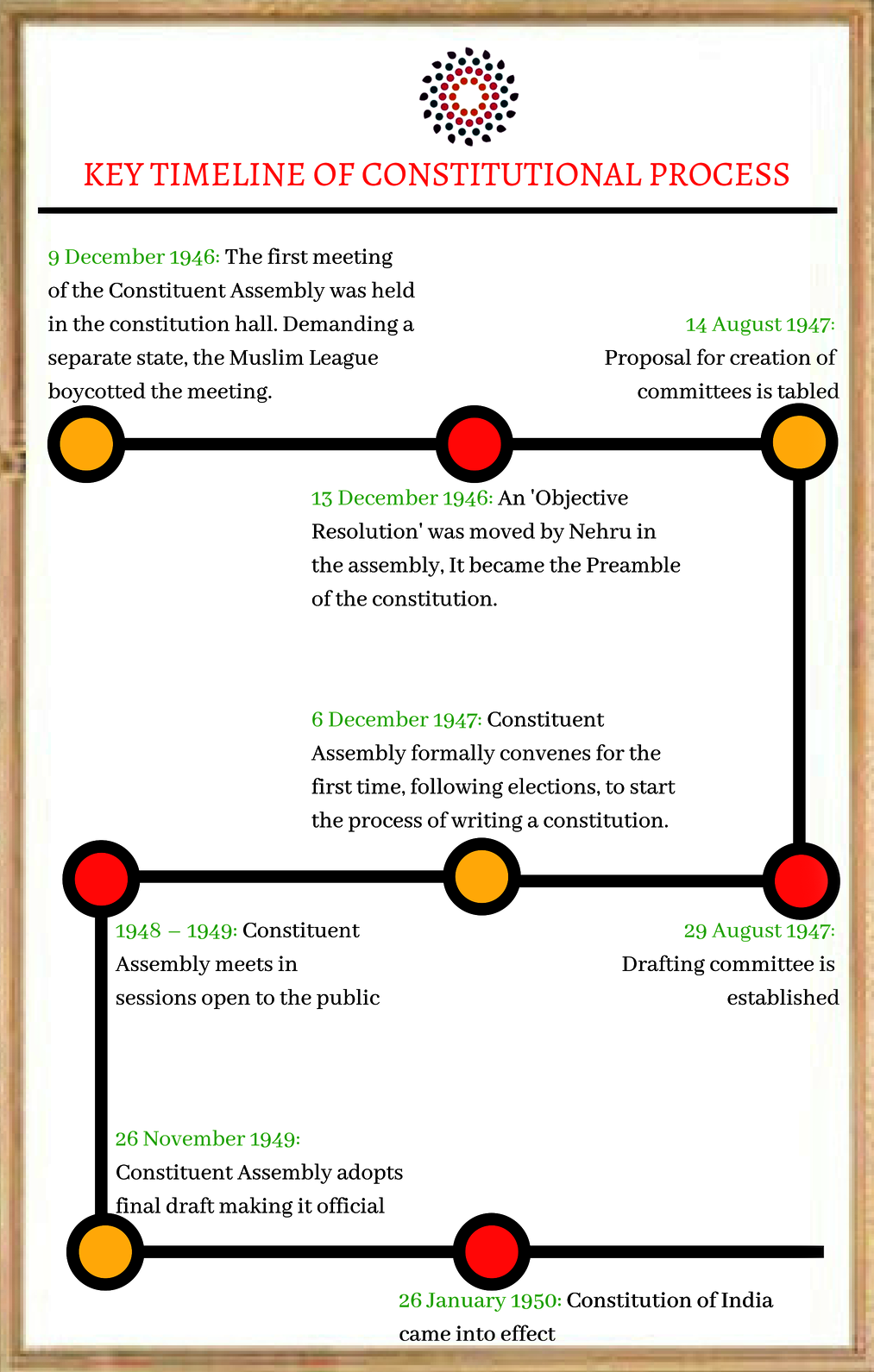
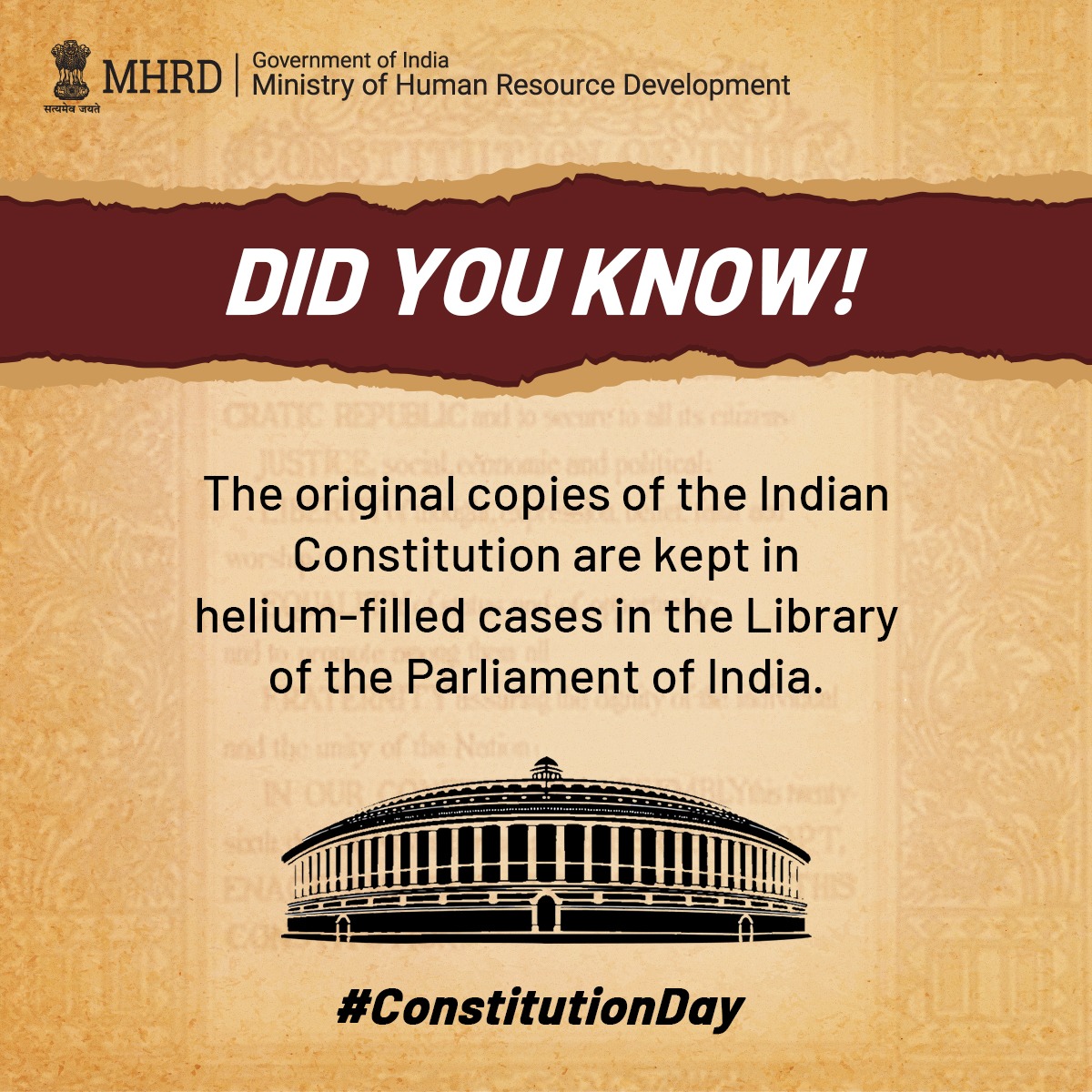
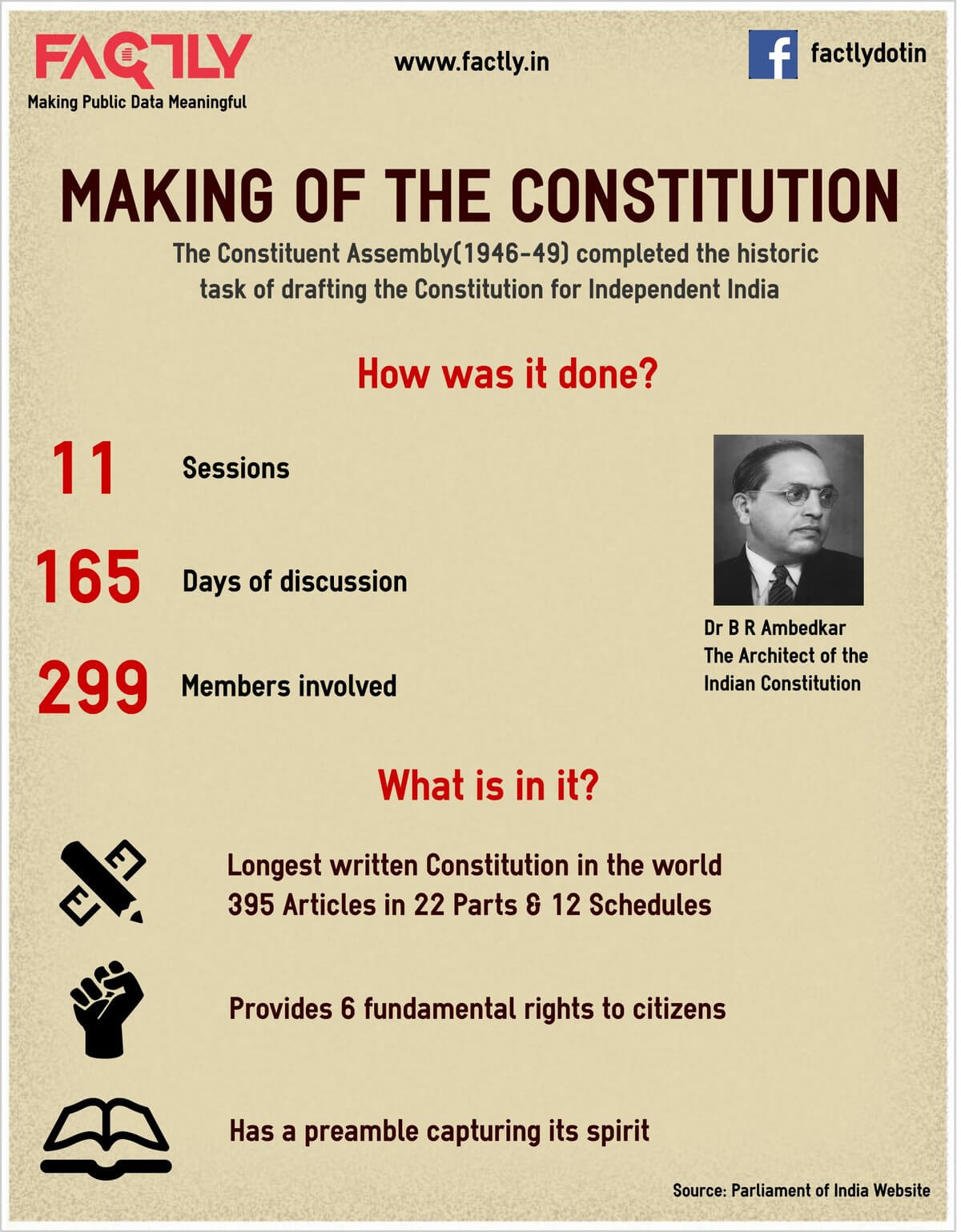
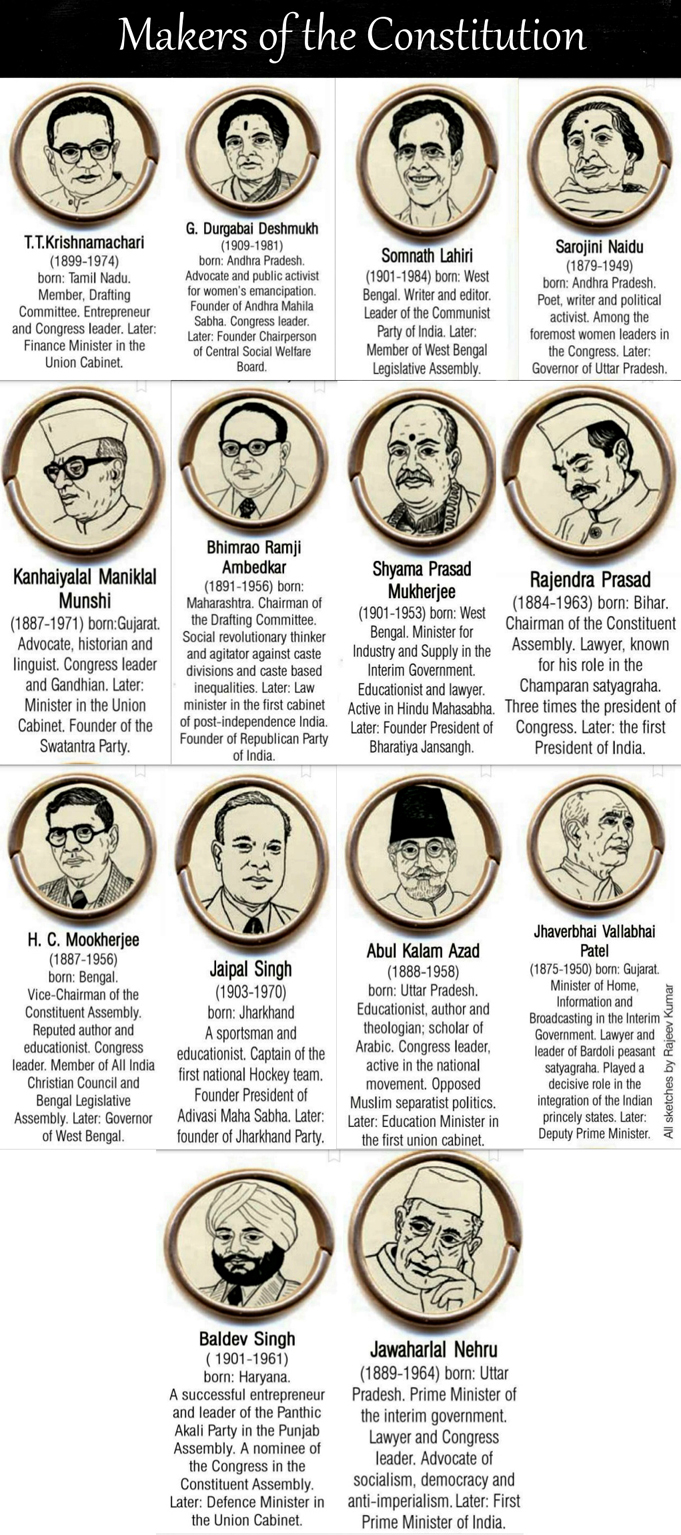
The original Constitution of India was handwritten by Prem Behari Narain Raizada in a flowing italic style with beautiful calligraphy. The Constitution was published in Dehradun and photolithographed by the Survey of India. Each page was uniquely decorated by artists from Shantiniketan including Beohar Rammanohar Sinha and Nandalal Bose.
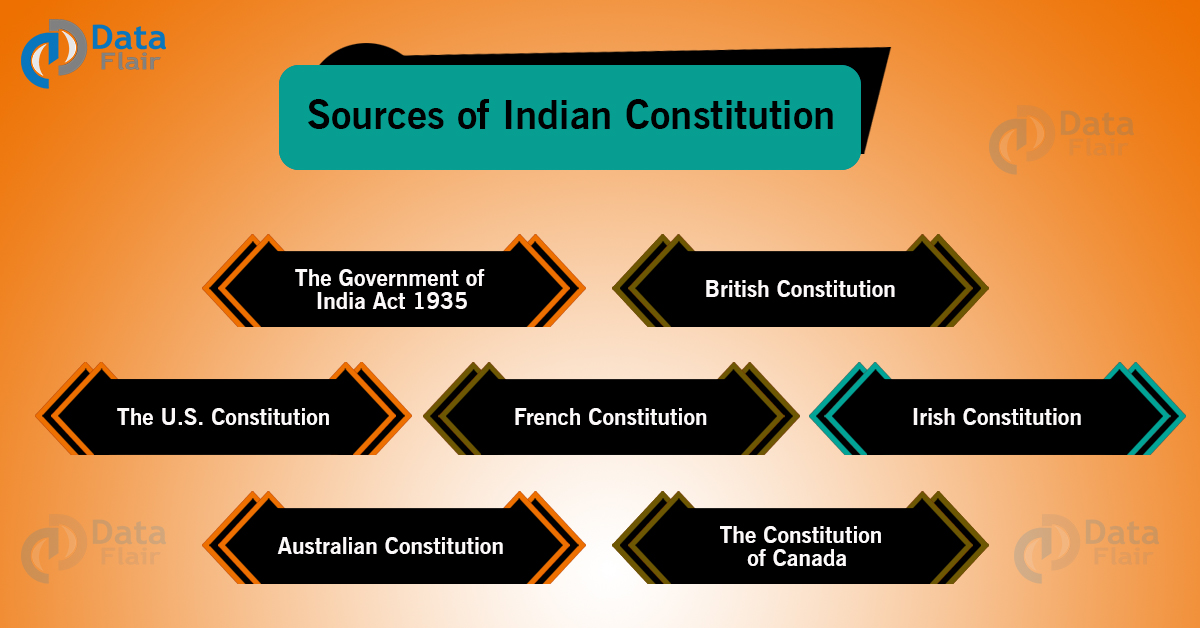
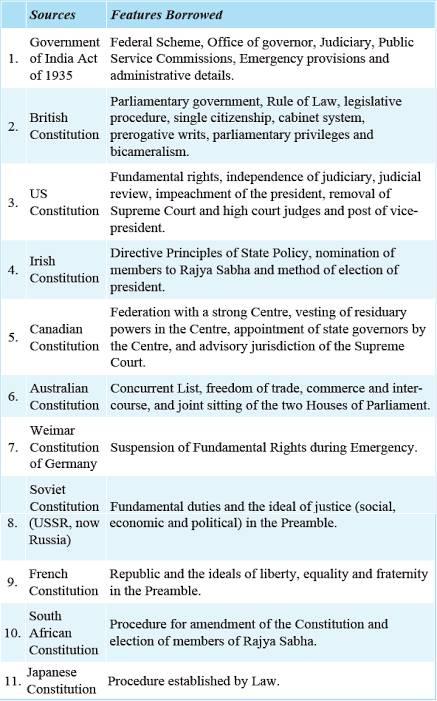
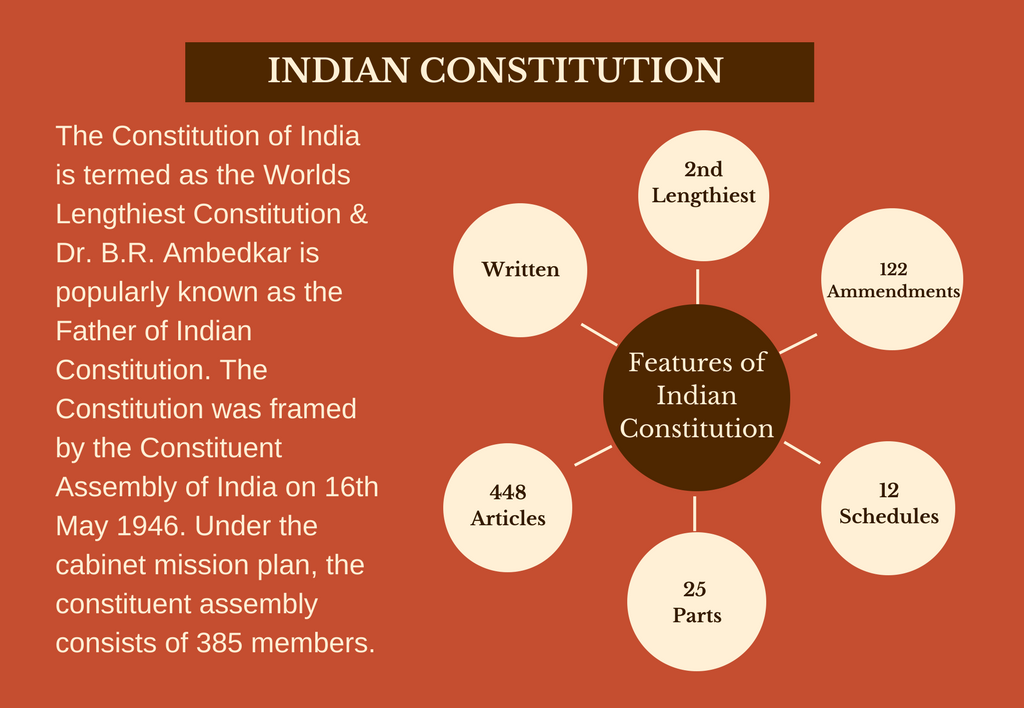
A preamble is an introductory statement in a document that explains the document’s philosophy and objectives. In a Constitution, it presents the intention of its framers, the history behind its creation, and the core values and principles of the nation. The Preamble basically describes the source, nature, ideology, goals and objectives of the Constitution.
The ideals behind the Preamble to India’s Constitution were laid down by Jawaharlal Nehru’s Objectives Resolution, adopted by the Constituent Assembly on January 22, 1947.
Although not enforceable in court, the Preamble states the objects of the Constitution, and acts as an aid during the interpretation of Articles when language is found ambiguous.
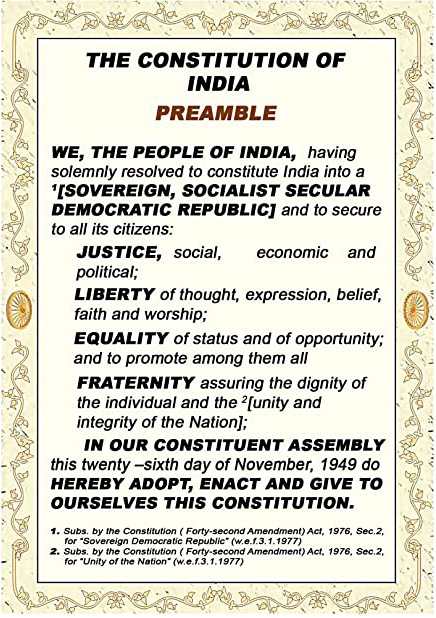
The words, “We, the people of India…” indicate the ultimate sovereignty of the people of India. Sovereignty means the independent authority of the State, not being subject to the control of any other State or external power.
The text declares India to be a “Republic” — indicating a government by the people and for the people.
It states “social, economic, and political justice” as an objective.
Nehru had said in 1956, “Democracy has been spoken of chiefly in the past, as political democracy, roughly represented by every person having a vote. But a vote by itself does not represent very much to a person who is down and out, to a person, let us say, who is starving and hungry. Political democracy, by itself, is not enough except that it may be used to obtain a gradually increasing measure of economic democracy, equality and the spread of good things of life to others and removal of gross inequalities.”
“Liberty”, “equality”, and “fraternity” have also been made ideals.
Dr B R Ambedkar, in his concluding speech in the Constituent Assembly, had said, “Political democracy cannot last unless there lies at the base of it social democracy. What does democracy mean? It means a way of life which recognises liberty, equality and fraternity which are not to be treated as separate items in a trinity. They form a union of trinity in the sense that to divorce one from the other is to defeat the very purpose of democracy. Liberty cannot be divorced from equality, equality cannot be divorced from liberty. Nor can liberty and equality be divorced from fraternity.”
The 42nd Amendment to the Constitution, passed in 1976, replaced the words “sovereign democratic republic” to “sovereign socialist secular democratic republic”. It also changed “unity of the nation” to “unity and integrity of the nation”.
The term Sovereign which is proclaimed by the Preamble means that India has its own independent authority and it is not a dominion of any other external power. In the country, the legislature has the power to make laws which is subjected to certain limitations.
The term Socialistâ was added in the Preamble by 42nd Amendment, 1976 which means the achievement of socialist ends through democratic means. It is basically a Democratic Socialism that holds faith in a mixed economy where both private and public sectors co-exist side by side.
The term Secular was incorporated in the Preamble by 42nd Constitutional Amendment, 1976 which means that all the religions in India get equal respect, protection and support from the state.
The term Democratic implies that the Constitution of India has an established form of Constitution which gets its authority from the will of the people expressed in an election.
The term Republicâ indicates that the head of the state is elected by the people directly or indirectly. In India, the President is the head of the state and he is elected indirectly by the people.
In this case, it was held by the Supreme Court that the Preamble is the part of the Constitution.However, it recognised that the Preamble could be used as a guiding principle if a term in any article of the Constitution is ambiguous or has more than one meaning.
In this case, The Supreme Court overturned its earlier decision and held that the Preamble is a part of the Constitution and can be amended under Article 368 of the Constitution. Again, in LIC of India case, the Supreme Court held that the Preamble is a part of the Constitution.
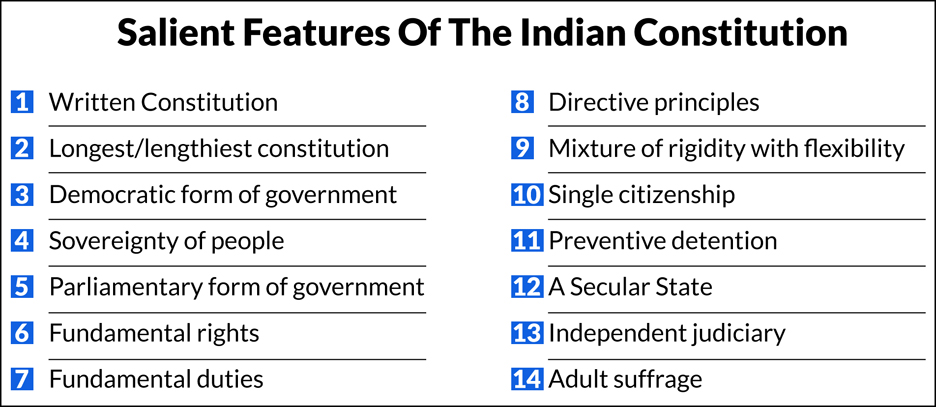
It is a written one, unlike Britain’s constitution which is a non-written constitution. The Indian constitution is also the lengthiest in the world.
In the beginning, there’s a Preamble, which signifies its ideals (Justice, Equality, Secularism, Individual Dignity, Fraternity, and National Unity) and aspirations of the Indian people.
India is a Republic country. As a Republic country, people have the freedom to exercise their right to form their own government and to elect the head of the government.
It provides citizens to have a form of government which is of the people, by the people, and for the people. People have to elect their own representatives.
It has a provision of SIX unique and fundamental Rights granted to the citizens. The government can’t take away any of these rights by unlawful means.
Whenever these rights are violated, the Judiciary acts as a check to ensure the safe rescue of the citizens.
In addition to the Fundamental Rights, it states Fundamental Duties to be followed by the citizens.
The Constitution of India guarantees six fundamental rights to every citizen. These are:
As per the principle of secularism, the government must be impartial: towards all the religions followed by its citizens. The State can’t have a bias or inclination towards any particular religion.
The principle also guarantees the freedom to practice faith and worship according to their choices.
However, the government has the right to restrict religious freedom under the conditions of national security.
Indian Constitution gives the judiciary enough powers to act independently and neutrally.
The Supreme Court acts as a guardian of the Constitution and also maintains a sort of check and balance on other institutions.
The system of election of representatives by all the adults of a country is called Universal Adult Franchise.
In India, an adult means one who is above the age of eighteen and thus, is eligible to elect its representative.
A welfare state aims at providing social and economic security and stability to all its citizens.
Social Security provided to the citizens so as to ensure a peaceful life.
The State needs to ensure employment and adequate income, food, clothes, shelter and quality health care to its citizens.
The aged and destitute must get proper protection. It protects the weaker sections from exploitation and provides social, economic and political equality and opportunities to all citizens.
It is neither too rigid nor too flexible (as some provisions require a special majority for amendment).
Indian Constitution declares Indian State as federal in form but unitary in spirit.



Some Articles of the Indian Constitution have more importance over others. A listing of the important Articles of the Constitution of India has been given under together with the small print contained in that Article.

Each judge laid out separately, what he thought were the basic or essential features of the Constitution. There was no unanimity of opinion within the majority view either.
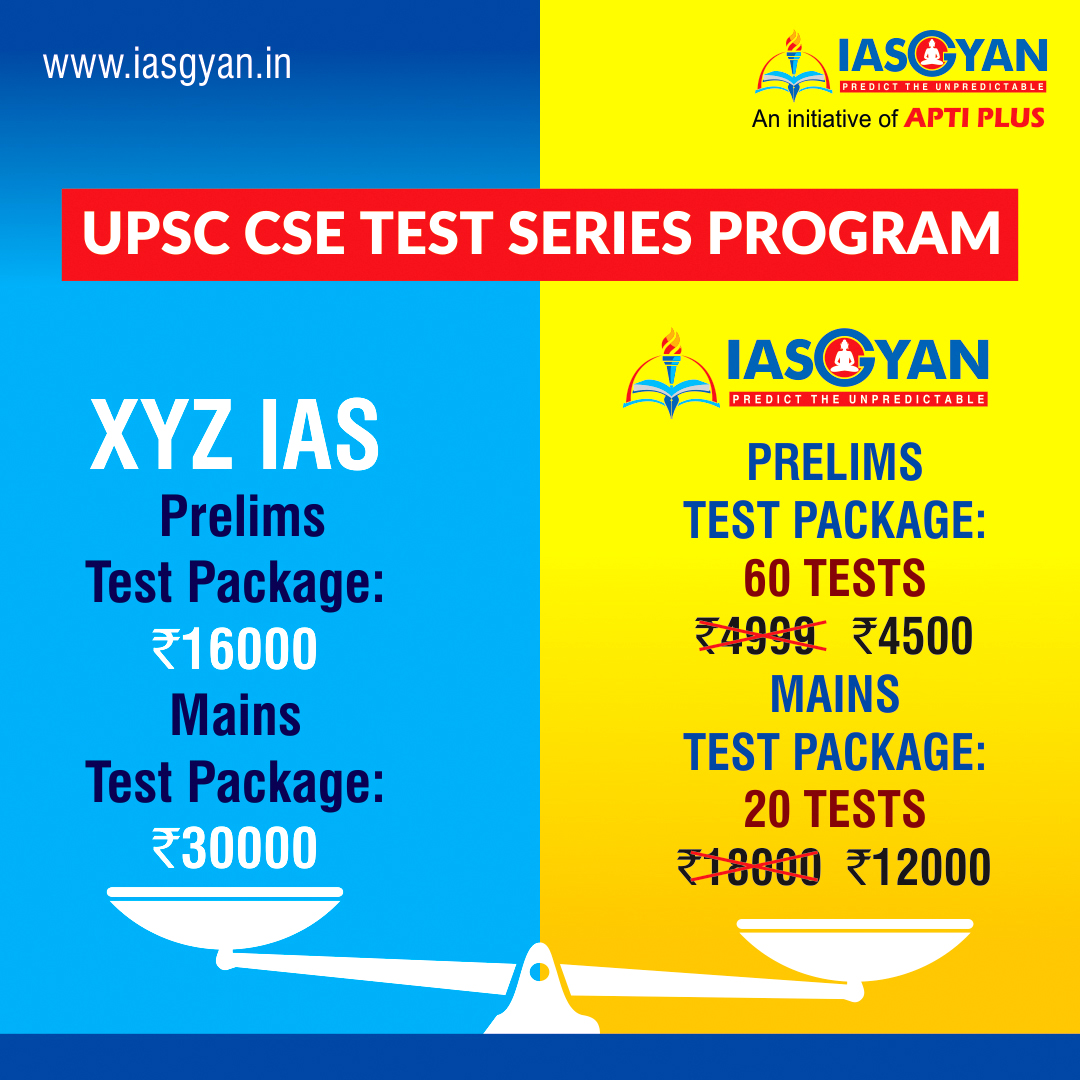
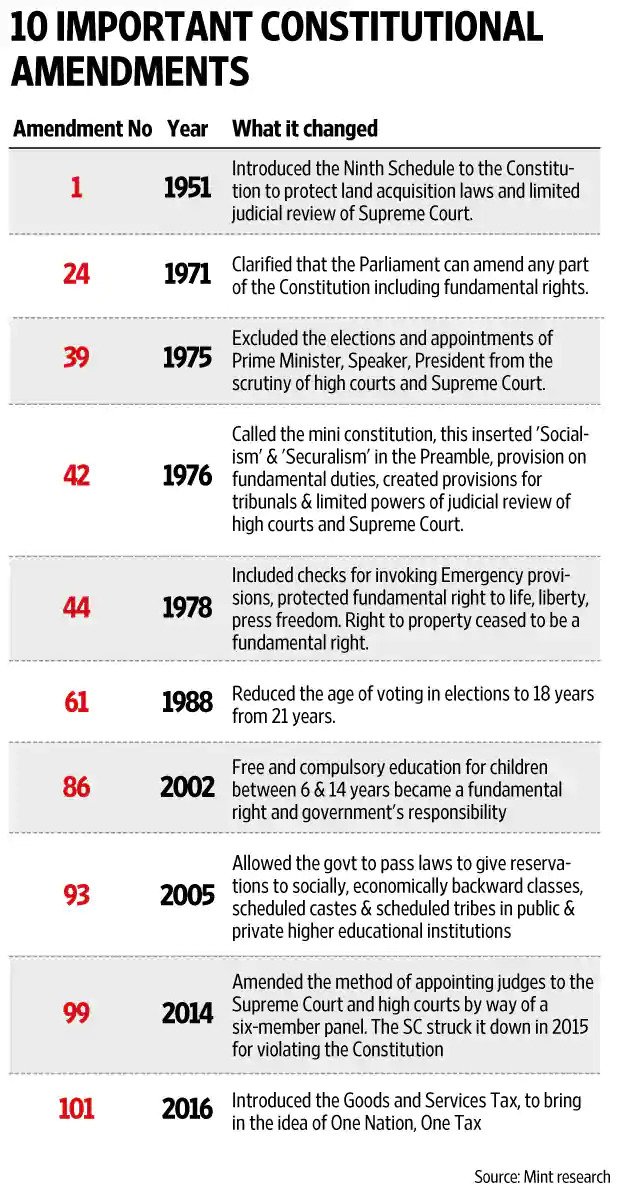
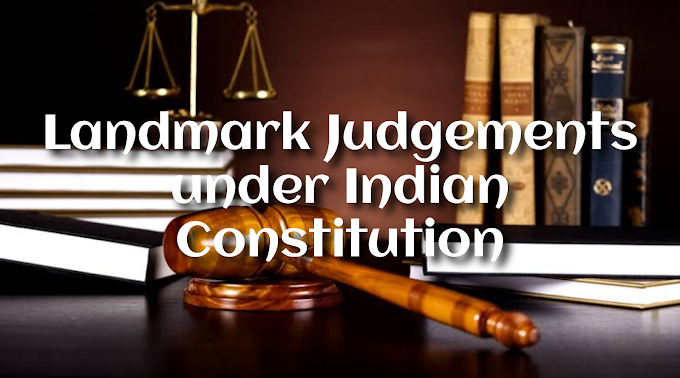
In this case caste based reservations were stuck down by the court, as against Article 16(2) of the Constitution.
With regard to admission of students to the Engineering and Medical Colleges of the State, the Province of Madras had issued an order which, fixed number of seats for particular communities.
It noticed that while Clause 1 Art. 29 protects the language, script or culture of a section of the citizens, Clause 2 guarantees the fundamental right of an individual citizen.
This right can not to be denied to the citizen only on grounds of religion, race, caste, language or any of them.
If a citizen who seeks admission into any such educational institution has not the requisite academic qualifications and is denied admission on that ground, he certainly cannot be heard to complain of an infraction of his fundamental right under this Article.
This case resulted in First Amendment of the Constitution of India.
The apex court held that law made by the Parliament shall not be such that infringes and takes away the fundamental rights of the citizen which are provided by the Constitution of India.
The infamous case, Madhav Jiwaji Rao Scindia v. Union of India deals with Article 18 of the Constitution of India.
It abolishes all special titles.
The Supreme Court in this case held the 1970 Presidential order as invalid,.
This decision of the court led to abolishing titles and privileges of India’s erstwhile princely rulers.
It even abolished privy purses of India’s erstwhile princely rulers.
The bench in the present case comprised of 13 judges.
This is the largest bench till date in the Indian judicial history.
The Supreme Court gave Parliament power to amend any part of Constitution of India.
The court further added that such amendment shall not take away the fundamental rights of the citizen which are provided by the Constitution of India. The amendment will also not lead to destruction of basic structure of the Constitution.
Such law is a law under article 13 of the constitution.
This case is also referred as Fundamental rights case.
The Supreme Court held clause 4 of 39th amendment as unconstitutional and void as it was out rightly denied of the right to equality enshrined in Article 14.
The apex Court also added basic features of the constitution to list laid down in Keshavananda Bharti case.
They are stated below:
Democracy,
Judicial review,
Rule of law.
Further, the court added jurisdiction of Supreme Court under Article 32, which deals with writs basically also forms basic structure of the constitution.
The apex Court in the infamous case of A.D.M. Jabalpur v. S. Shukla was a case during prevailing of emergency in the country.
Right to move to the court for enforcement of fundamental rights guaranteed under constitution stands suspended.
This even includes Article 14, 21 and 22.
It created a havoc in the nation.
In later amendment it was held that Article 21 and 22 cannot be suspended during the time of emergency.
The case is considered a landmark case as it gave a new and highly varied interpretation to the meaning of ‘life and personal liberty’ under Article 21 of the Constitution.
This law which prescribes a procedure for depriving a person of “personal liberty” has to fulfill the requirements of Articles 14 and 19 also.
Also, it expanded the horizons of freedom of speech and expression. The case saw a high degree of judicial activism.
One of the significant interpretation in this case is the discovery of inter connections between the three Articles- Article 14, 19 and 21.
It was finally held by the court that the right to travel and go outside the country is included in the right to personal liberty guaranteed under Article 21.
The Supreme Court strengthened the doctrine of the basic structure which was propounded earlier in the Keshavananda Bharti Case and held social welfare laws should not infringe fundamental rights.
Few changes made by the 42nd Amendment Act were declared as null and void.
It laid foundation of judicial review of the laws and judgements in the courts of India.
Judicial review is dealt in Article 13(2) of the Constitution of India.
MC Mehta filed a Public Interest Litigation for escape of poisonous gases by a plant in Bhopal.
The court in this case extended the scope of Article 21 and 32 of the Constitution of India.
The case is also famous as Bhopal Gas Tragedy.
Finally, the court granted interim compensation of 250 crores to the victims.
The court in this case curtailed power of President under Article 356 of the constitution of India.
It also held that secularism is the basic structure of the Constitution.
It laid the existence of Ram Temple in the disputed area.
It held the case to larger bench for demolition of Babri Masjid.
The court in this case decided that the right to privacy subsisted even if a matter becomes one of public record and hence right to be let alone is part of personal liberty.
This comes under the purview of Article 21
The case is also known as auto Shankar case.
This case came before the Supreme Court as a writ petition.
5 judge-bench gave decision allowing petitioners who live on pavements and in slums in the city of Bombay to stay on the pavements against their order of eviction.
The court also held that right to livelihood is a right to life as per Article 21.
Though the slum resident agreed not to challenge the decision of Municipal Corporation.
Court held that one’s fundamental right cannot be waived.
This case came before the Supreme Court as a Public Interest Litigation against State of Rajasthan and Union of India by Vishakha and other women groups.
The petitioners demanded enforcement of fundamental rights for working women under Articles 14, 19 and 21 of the Constitution.
For this, Vishaka Guidelines were issued.
The judgment also provided basic definitions of sexual harassment at the workplace along with provided guidelines to deal with the same.
Employers shall initiate appropriate action in accordance with concerned criminal law by making a complaint with the appropriate authority.
Disciplinary actions should be taken.
Threw light on compliance mechanism and workers’ initiative.
In this case, the Supreme Court laid down detailed guidelines to be followed by the central and state investigating agencies.
It is related to all cases dealing with arrest and detention
The court held that till legal provisions are made in that behalf as preventive measures.
Court held that any form of torture or cruel inhuman or degrading treatment even it occurs during interrogation, investigation or otherwise, falls within the ambit of Article 21.
It overruled S P Gupta v. Union of India.
Court held primacy of Chief justice cannot be taken away in appointment and transfer of judges of Supreme Court and High Courts.
It recommended constitution of collegiums of judges for the same.
The case is named as Second judges transfer case.
It was later overruled a committee called NJAC was appointed for appointment and transfer of judges of Supreme Court and High Courts.
It was again over ruled and NJAC was held unconstitutional in Supreme Court Advocates-on Record Association v. Union of India, 2014
The dispute is related to the fixation of quota in unaided professional institutions
It also dealt withholding of examinations for admission into such colleges.
The 2 matters were hence challenged in the court.
The court held no fixation of quota in unaided professional institutions.
Admissions to be conducted on merit basis.
The Hon’ble Supreme Court of India contended that Article 22 of the Indian Constitution is a self-contained Code and that he was detained according to the procedure established by law.
The court further held that if a person’s liberty is taken away by the State in accordance with the procedure established by law i.e. if the detention was as per the procedure of law then it cannot be said that it violates the provisions contained in Article 14, 19 and 21 of the Constitution of India.
In this particular case, the Supreme Court took a narrow view of Article 21 of the Constitution of India.
While applying the doctrine of severability, the apex court declared section 14 as void as it finds it to be unconstitutional and violative of the fundamental rights.
Court asserted the principle of procedure established by law and declared the application of due process clause and international human rights charters is inapplicable in Indian premises.
Further, the court declared sections 7, 8, 10, 11, 12, and 13 as intra-virus the constitutions, hence valid. Finally, the Court found that the detention was legal and hence writ was disposed of accordingly.
It was held by the Apex court that the power conferred by Constitution under Article 368 to Parliament to amend the laws is very wide and it also includes the power to take away the fundamental rights guaranteed under Part III of Indian Constitution.
Further, the Supreme Court unanimously held that, The terms of article 368 are perfectly general and empower Parliament to amend the Constitution without any exception whatever.
In the context of article 13, “law” must be taken to mean rules or regulations made in exercise of ordinary legislative power and not amendments to the Constitution made in exercise of constituent power. Result: article 13 (2) does not affect amendments made under article 368.”
The Apex Court while acknowledging the judicial mandate relating to the doctrine of the basic structure and the power of judicial review, held that after 24 April 1973, the laws laid down in the Ninth Schedule would not enjoy full immunity, but that the court would examine the nature and extent of the infringement of a fundamental right by a statute.
Further, the court also asserted that the constitutional validity of the laws of the ninth schedule could be determined by applying the direct test of impact and effect, i.e. the test of rights, which requires that the determinative factor is not the form of a law, but its effect.
It is the court that must decide whether this interference is justified and whether the basic structure is violated or not.
As stated, the court’s role is “to determine whether invasion was necessary by the court and, if so, to what extent.”
This position then serves to shift the determination of the need for the law from the Parliament to the courts for decision. It also allows the courts the flexibility of both the rights test and the essence of rights test in dealing with the validity of such cases.
The court held that the practise of Triple Talaq is unconstitutional and violates Muslim women’s fundamental rights.
It found that Triple Talaq practise is not essential to religion. Therefore, according to the majority, it was held that under Article 25 of the Indian Constitution, triple talaq was not to be protected as it is not an essential element of the religion.
In fact, this is regarded as a sinful practise by the Hanafi school of Muslims. Further, it was contented by the apex court that this form of Talaq is arbitrary and violates the fundamental rights as enshrined under Article 14 of the Indian Constitution. Thus, it is condemned.
This case delivered by a five-judge bench gave a historic decision on Section 377 of Indian Penal Code, which decriminalised homosexuality.
It was contended by the Apex court that the existing provision u/s 377 of the Indian Penal Code criminalises sexual acts of adults in private i.e. criminalises homosexual intercourse, it was held that it is violative of Articles 14, 15, 19 and 21 of Indian Constitution.
© 2025 iasgyan. All right reserved